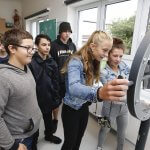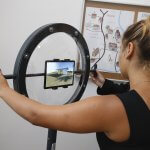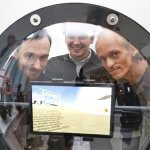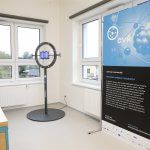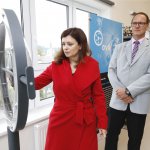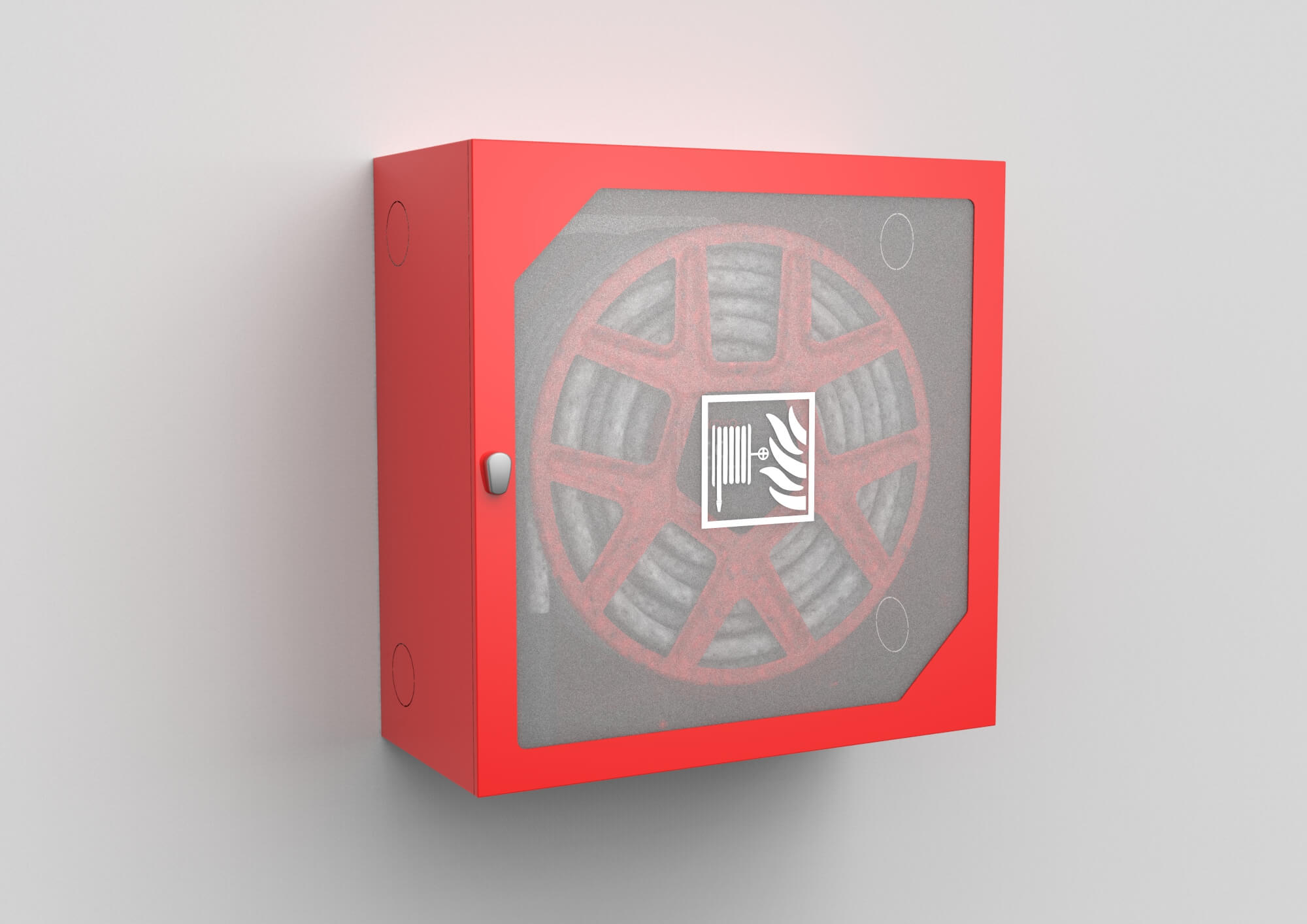
Central Bohemia region launches a roadshow to motivate young people to study science
- A roadshow of Central Bohemian research centers is going to visit dozens of schools over the next two years
- Students will be able to explore exhibits using AR/VR technology
The world’s most powerful laser, a room-sized nuclear power plant, and a technology creating water from air. These are some of the innovation of global importance that have originated in Central Bohemia and should help introduce primary and secondary students to the attractive world of science and research. The Window to the Future roadshow, organized by Central Bohemian Innovation Centre (SIC), was launched on the first school day by Central Bohemian governor Jaroslava Pokorná Jermanová at Kosova Hora primary school.
“Our region boasts one of the most extensive research bases in the Czech Republic. A number of local research centers rank among the world’s leading institutions and employ thousands of Czech and foreign experts in a wide range of fields. We would like to raise awareness of this research base among the future generation of our scientists,” Jaroslava Pokorná Jermanová said at the kick-off of the roadshow, adding that it will run until the end of 2022 visiting dozens of schools along the way. The exhibition will be accessible to the public as part of the Czech Innovation Week on 29 September 2020 at Forum Karlín in Prague.
The Window to the Future exhibition comprises five sections, focusing on: research activities of BIOCEV life science center; sky watching with the largest Czech telescope operated by the Astronomical Institute of the Czech Academy of Sciences; a compact power generator developed by ÚJV Řež nuclear research institute; the world’s most powerful laser assembly of ELI Beamlines research center; and a technology creating water from air developed by UCEEB institute of the Czech Technical University in Prague.
All the exhibits are presented in an interactive way directly in school corridors using augmented and virtual reality technology (AR/VR). Students can literally enter a human body and watch an anti-cancer agent fight a tumor. They will see what distant Earth-like planets look like and learn how to assemble a tiny nuclear power plant in the middle of a wasteland. “This format helps us present the selected research projects in great detail in an attractive way. Young people like modern technologies, so I believe that they will enjoy both the format and the contents of the exhibition,” adds Jaroslava Pokorná Jermanová.
Jan Lukačevič, a space engineer and researcher who has long been working with SIC on science popularization initiatives in Central Bohemia, also appreciated the interactive nature of the exhibition. “A great advantage is the traveling nature of the exhibition. Science centers are usually rather inaccessible and secretive about their research. The ‘mobile’ format is an ideal solution to introduce research activities to the widest audience possible,” says J. Lukačevič, one of the creators of a module bound to land on Mars in 2021.
The visual design of the roadshow was created by a leading Czech studio, HERRMANN & COUFAL. The team of talented designers, who met during their studies at the Academy of Arts, Architecture & Design in Prague, focuses on the detail, leveraging cutting-edge technologies. The designer duo, Eduard Herrmann and Matěj Coufal, have already won many accolades in the field of arts, such as the Czech Grand Design Award, ELLE Decoration International Award, BIG SEE Award and Red Dot Award.
For more information about the Window to the Future roadshow, please visit www.oknodobudoucnosti.cz



